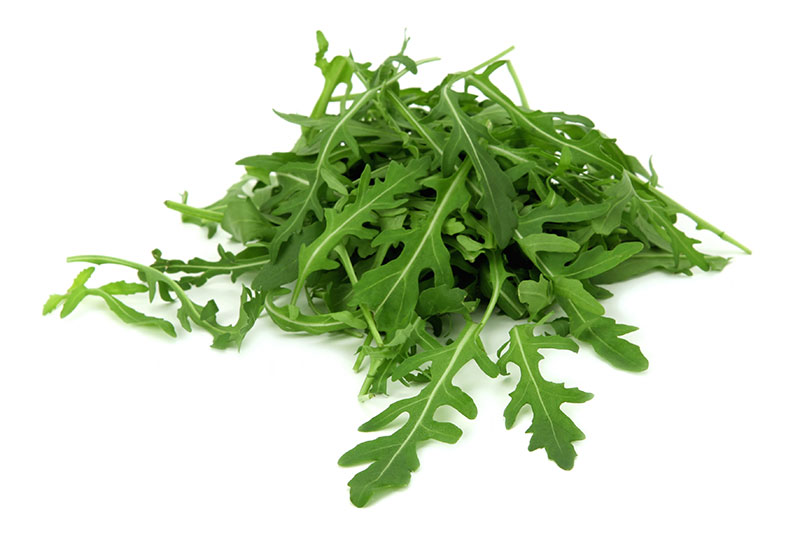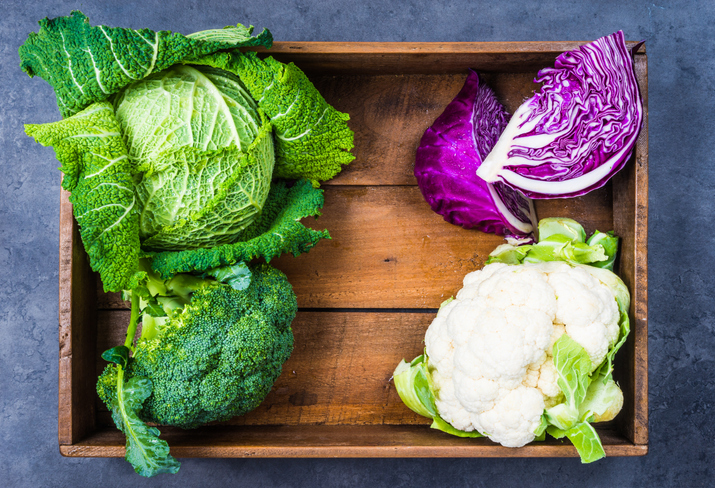Arugula

Availability:
Year-round
Availability:
| J | F | M | A | M | J | J | A | S | O | N | D |
Notice:
on demand
Receiving/Storage:
Receiving Information: Arugula should be clean and fresh with well-colored leaves. Avoid product that appears wilted, discolored, or decayed. Should be lightly sprinkled to help maintain freshness. Excessive water sprinkling may promote breakdown of delicate leaves. Russet/brown spotting can be as a result to exposure to ethylene gas. Keep away from ethylene-producing fruits and ripening rooms. Susceptible to wilting if stored in an area with low humidity; also, storing in an area with high air circulation or strong drafts may produce wilting. Storing in a warm area may promote deterioration; rough handling and excessive water sprinkling may also contribute.
Yellow or dried out, translucent leaves is an indication of freeze damage. Storage/Handling: Temperature/humidity recommendation for short-term storage of 7 days or less: 32-36 degrees F. 90-98% relative humidity.
Keep fresh herbs away from ethylene-producing fruits and ripening rooms.
Description:
The Arugula plant grows to about a height of 20 inches and has tender green leaves that are smooth, sharply indented, and irregularly shaped. Exhibits a delicate peppery flavor. Arugula is an aromatic salad green. It is also known as rocket, roquette, rugula and rucola, and is popular in Italian cuisine. In Roman times Arugula was grown for both itÍs leaves and the seed. The seed was used for flavoring oils.


